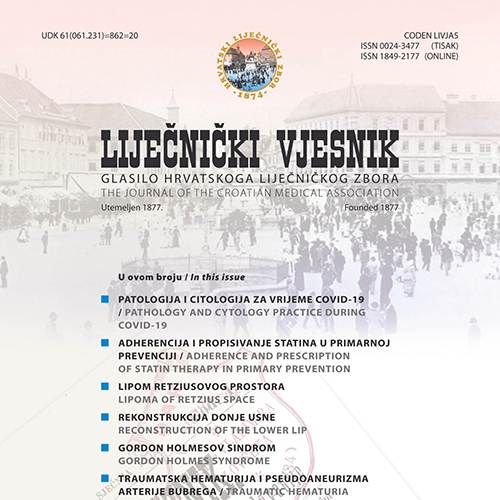Summary
Background
Since a 2016 analysis on the epidemiology and disease burden of HCV in Croatia, the HCV treatment paradigm has shifted substantially. Fibrosis restrictions were removed, and the number of patients treated tripled. With these encouraging changes to policy and practice, an updated analysis was completed to guide resource allocation and a national strategic plan for HCV elimination in Croatia.
Methods
A comprehensive literature review and discussions with in-country experts were used to identify epidemiological factors defining HCV disease burden in Croatia. An HCV disease burden model, seeded with this data, was used to assess the impact of increasing screening rates and delineate the steps needed to reach the World Health Organization’s (WHO) Global Health and Sector Strategy hepatitis C elimination targets.
Results
Achieving WHO elimination targets would reduce the number of viremic cases of HCV from 21,000 in 2015 to 4,000 by 2030 while averting 500 liver-related deaths, and 680 cases of hepatocellular carcinoma and decompensated cirrhosis from 2015 to 2030, relative to the projections under the current standard of care. Screening practices will need to ramp up to testing about 250,000 Croatians annually so that about 1,500 patients can be diagnosed and treated each year.
Conclusions
Elimination requires a coordinated effort between country and industry leaders including government authorities, policymakers and healthcare and insurance providers. Improved screening mechanisms will be needed for the scale-up required to achieve goals.
Countries: Croatia

